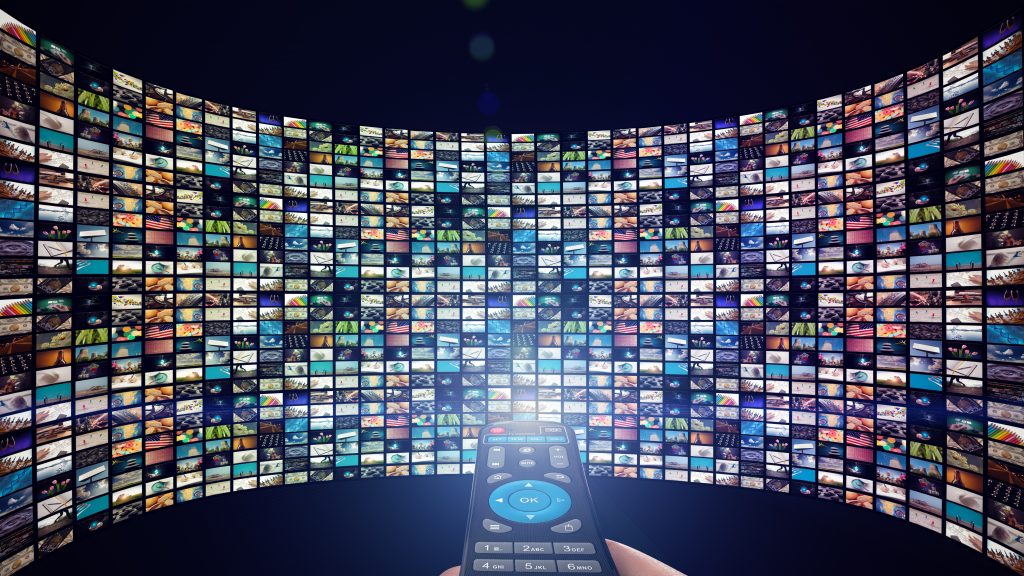2 mins read
March 22, 2024
In the ever-evolving landscape of media consumption, the narrative is shifting. We are witnessing a pivotal moment where diversity and inclusion are no longer just buzzwords but fundamental pillars reshaping the industry’s very fabric. From the airwaves of radio to the screens of television and the vast expanse of digital media, the faces and voices we encounter are increasingly reflective of the diverse tapestry of our global society. This transformation is not merely cosmetic; it is a profound societal shift that impacts storytelling, representation, and the very culture of media consumption itself.
For far too long, mainstream media has fallen short in adequately representing the full spectrum of human experiences and identities. Historically marginalized communities—people of color, LGBTQ+ individuals, persons with disabilities, among others—have been relegated to the sidelines, their stories overlooked or misrepresented. However, in recent years, there has been a palpable surge of demand for change, driven by grassroots activism, consumer outcry, and an awakening within the corporate corridors to the inherent value of diversity.
The impact of this transformation is multifaceted. Firstly, it’s about visibility. Previously silenced voices are now finding platforms to be heard, their narratives told with authenticity and nuance. The increasing visibility of marginalized communities not only provides representation but also fosters empathy, understanding, and unity among audiences worldwide. This representation is not just about reflecting diversity but also about empowering individuals to see themselves reflected in the media they consume, fostering a sense of belonging and validation.
Moreover, diversity and inclusion initiatives are catalyzing a shift in workplace culture within media organizations. By prioritizing diversity in recruitment, fostering inclusive leadership, and implementing training programs on unconscious bias and cultural competence, companies are striving to create environments where all employees feel valued, respected, and empowered to contribute their unique perspectives. This not only enhances employee morale and retention but also fuels creativity and innovation, driving the development of groundbreaking content that resonates with diverse audiences.
In addition to traditional broadcast media, the digital landscape has emerged as a democratizing force, providing a platform for voices that have historically been marginalized or silenced. Social media, streaming platforms, and digital content creation have empowered individuals from all walks of life to share their stories, connect with like-minded communities, and challenge dominant narratives. This has led to the rise of digital influencers and content creators who are leveraging their platforms to advocate for social change, promote diversity, and amplify underrepresented voices.
However, despite the progress made, challenges persist on the journey toward true diversity and inclusion in media. Systemic discrimination, implicit bias, and unequal access to resources continue to hinder the full participation of marginalized groups. Moreover, tokenism and performative allyship can undermine genuine efforts to create inclusive spaces and narratives. Addressing these challenges requires a multifaceted approach, encompassing policy changes, cultural shifts, and collective action.
Moving forward, it’s imperative that media organizations continue to prioritize diversity and inclusion as core values, not mere checkboxes. This entails ongoing investment in diversity initiatives, transparent reporting on diversity metrics, and meaningful engagement with diverse communities. It also requires a willingness to confront uncomfortable truths, challenge entrenched power structures, and actively dismantle barriers to equity and representation.
In conclusion, the changing faces in radio, TV, and digital media signify a broader cultural shift toward greater diversity and inclusion. By embracing and amplifying diverse voices, media organizations have the power to inspire, educate, and empower audiences around the world. Together, we can create a media landscape that celebrates the richness of human experience, fosters empathy and understanding, and drives positive social change.



